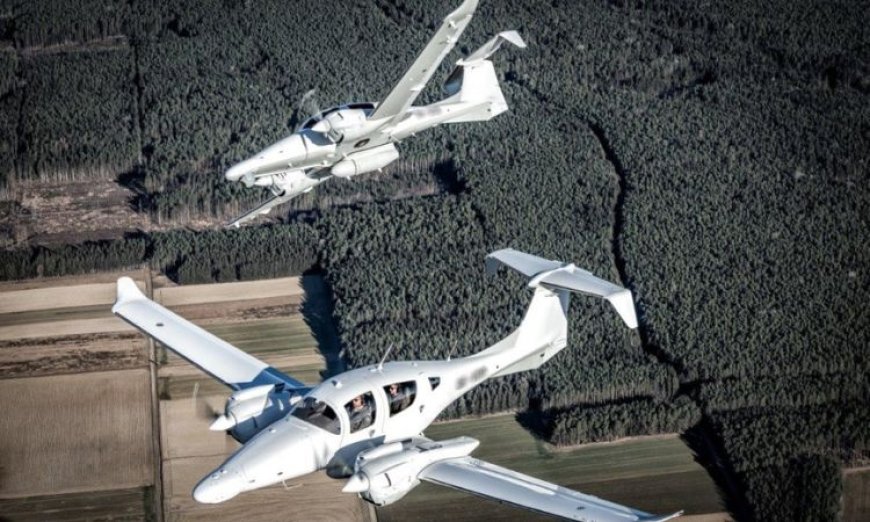Airborne Optronics Market Size, Share, Trend & Analysis
The global Airborne Optronics Market Size, which was valued at nearly USD 1.86 billion in 2023, is on a trajectory of robust growth.

The global Airborne Optronics Market Size, which was valued at nearly USD 1.86 billion in 2023, is on a trajectory of robust growth. Experts predict that it will expand at a compound annual growth rate (CAGR) of 12.50% from 2024 to 2032, reaching approximately USD 5.37 billion by the end of the forecast period. This growth is propelled by the increasing integration of advanced optical systems in both military and civilian aircraft.
Key Benefits
Airborne optronics systems offer several critical advantages:
- Enhanced Situational Awareness: Advanced imaging and sensor technologies provide pilots with crucial information in real time, significantly improving their ability to respond to environmental and situational changes.
- Improved Navigation and Safety: These systems enhance navigational accuracy and increase safety by facilitating better visibility in adverse weather conditions and during night operations.
- Operational Efficiency: Integration of optronics systems can lead to more efficient mission planning and execution, especially in surveillance and reconnaissance applications.
Key Industry Developments
Recent developments in the airborne optronics market highlight its dynamic nature:
- Innovation in Sensor Technology: Companies are continually advancing sensor technologies, including hyperspectral sensors and LiDAR, to enhance image resolution and accuracy.
- Contracts and Partnerships: Major industry players are securing contracts with governments and forming partnerships to develop next-generation optronics systems. These collaborations often lead to groundbreaking enhancements in airborne optronics capabilities.
Driving Factors
Several factors are driving the expansion of the airborne optronics market:
- Increased Defense Spending: Many countries are ramping up their defense budgets, with a particular focus on enhancing aerial capabilities, which directly boosts the demand for advanced optronic systems.
- Advancements in Drone Technology: The proliferation of UAVs (Unmanned Aerial Vehicles) in both commercial and military sectors has created significant opportunities for the integration of optronics systems.
- Rise in Commercial Aviation: As global air traffic increases, there is a growing need for improved aircraft safety and efficiency, fueling demand for sophisticated optronics.
COVID-19 Impact
The pandemic initially caused disruptions in the airborne optronics market due to halted aircraft production and delayed defense contracts. However, the market is recovering, as sectors adapt to new operational norms and the demand for advanced surveillance technologies increases, partly driven by the need for enhanced health safety measures. With substantial growth prospects, driven by technological advancements and rising global demand, stakeholders in the aerospace and defense sectors are poised to witness significant opportunities. However, navigating the technological and regulatory challenges will be crucial for sustained success in this innovative market space.
Restraining Factors
Despite its rapid growth, the market faces several challenges:
- High Costs: The development and integration of advanced optronic systems involve significant costs, which can hinder their adoption, especially in cost-sensitive regions.
- Complex Maintenance: These high-tech systems require sophisticated maintenance and skilled personnel, limiting their deployment in regions with less technical expertise.
Market Segmentation
The airborne optronics market is segmented based on system type, application, aircraft type, and region.
- By System Type: This includes targeting systems, reconnaissance systems, search and track systems, surveillance systems, and others.
- By Application: Military, homeland security, and commercial sectors all utilize these systems for various purposes.
- By Aircraft Type: Fixed-wing aircraft, rotary-wing aircraft, and unmanned aerial vehicles (UAVs).
Market Outlook
The future of the airborne optronics market looks promising with several trends likely to stimulate growth:
- Miniaturization of Optronic Devices: Smaller, more efficient systems are becoming prevalent, making them easier to integrate into a variety of aircraft.
- Integration of AI: Artificial intelligence is increasingly used to enhance the capabilities of optronic systems, such as in processing large amounts of imaging data for quicker decision-making.
Regional Analysis
- North America leads the market, driven by extensive military spending and rapid advancements in aerospace technology.
- Europe and Asia-Pacific also show significant growth potential, with increased defense budgets and expanding aviation sectors in countries like China and India.
Major Key Players
Prominent players in the airborne optronics market include:
- Thales Group
- Elbit Systems Ltd.
- Northrop Grumman Corporation
- OSI Optoelectronics, Inc
- Safran S.A.
- Kappa optronics GmbH
- Hensoldt AG
- Raytheon Technologies Corporation
- Leonardo Spa
- Teledyne FLIR LLC
These companies are at the forefront of technological innovations and strategic partnerships in the market.
Opportunities and Challenges
Opportunities
- Emerging Markets: Expanding into developing countries can provide new revenue streams.
- Technological Innovations: Continuous R&D can lead to breakthroughs that enhance system capabilities and reduce costs.
Challenges
- Regulatory Compliance: Adhering to strict regulatory standards across different regions can be costly and complex.
- Technological Complexity: Rapid technological advancements require continuous learning and adaptation, which can be a barrier to entry for new firms.












